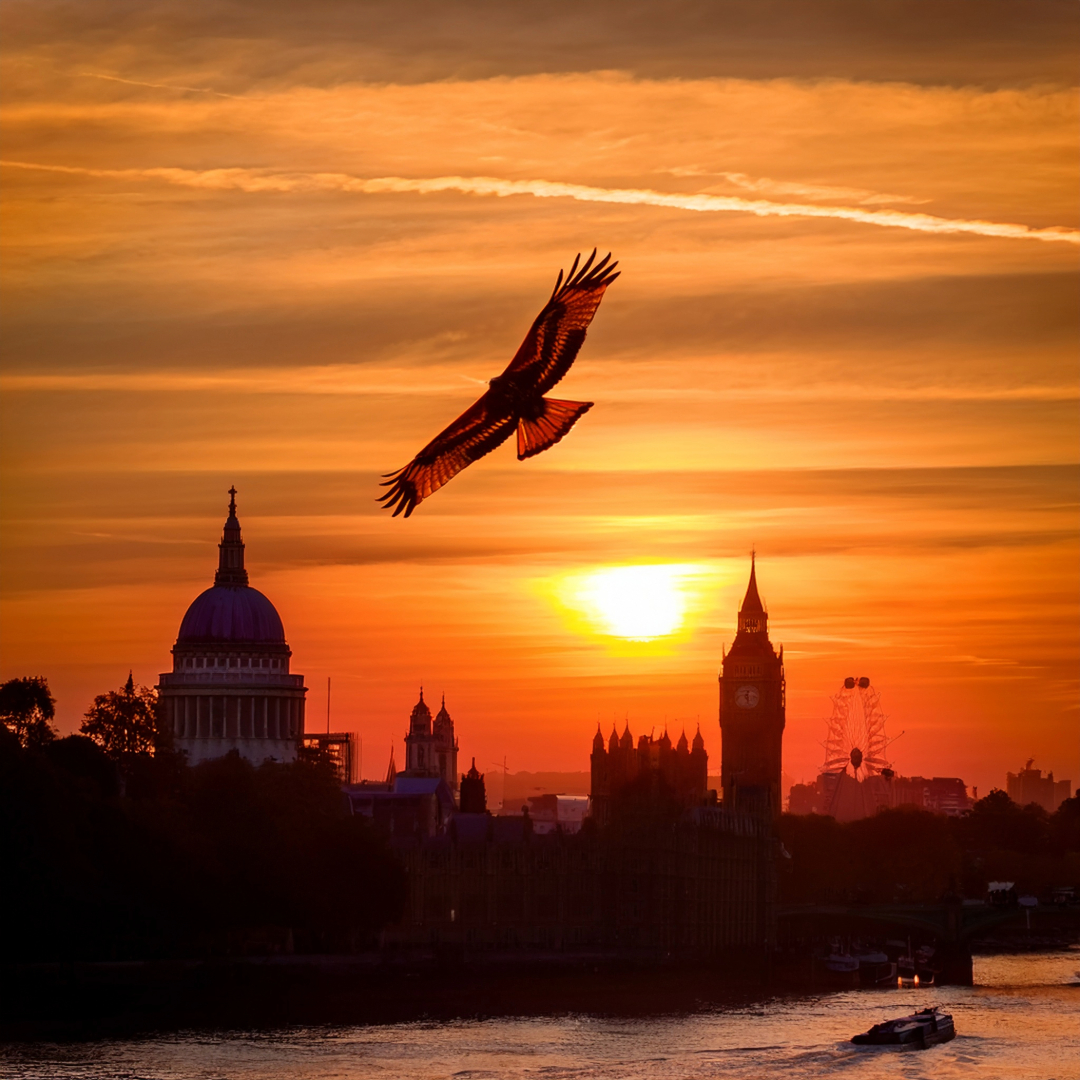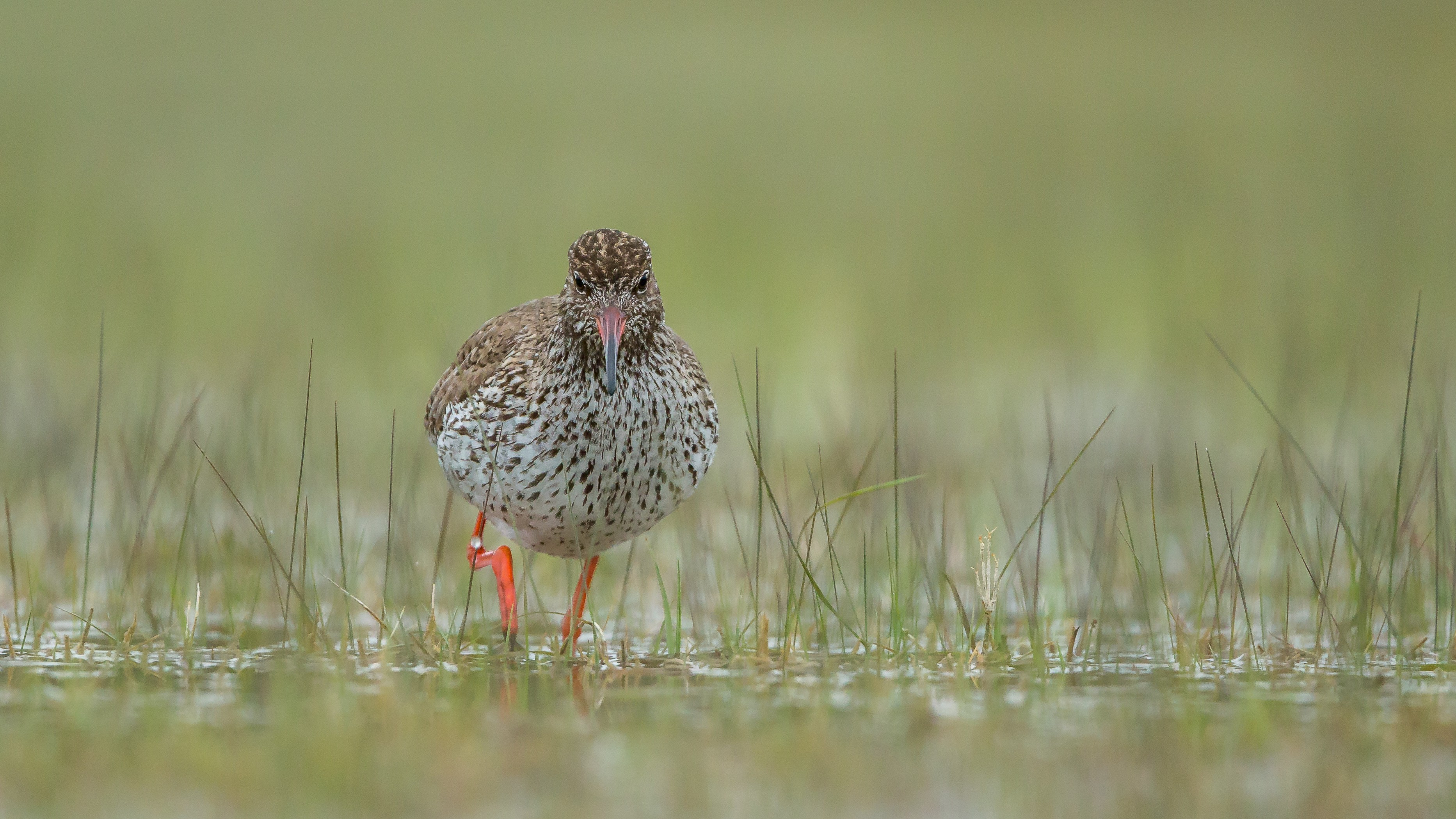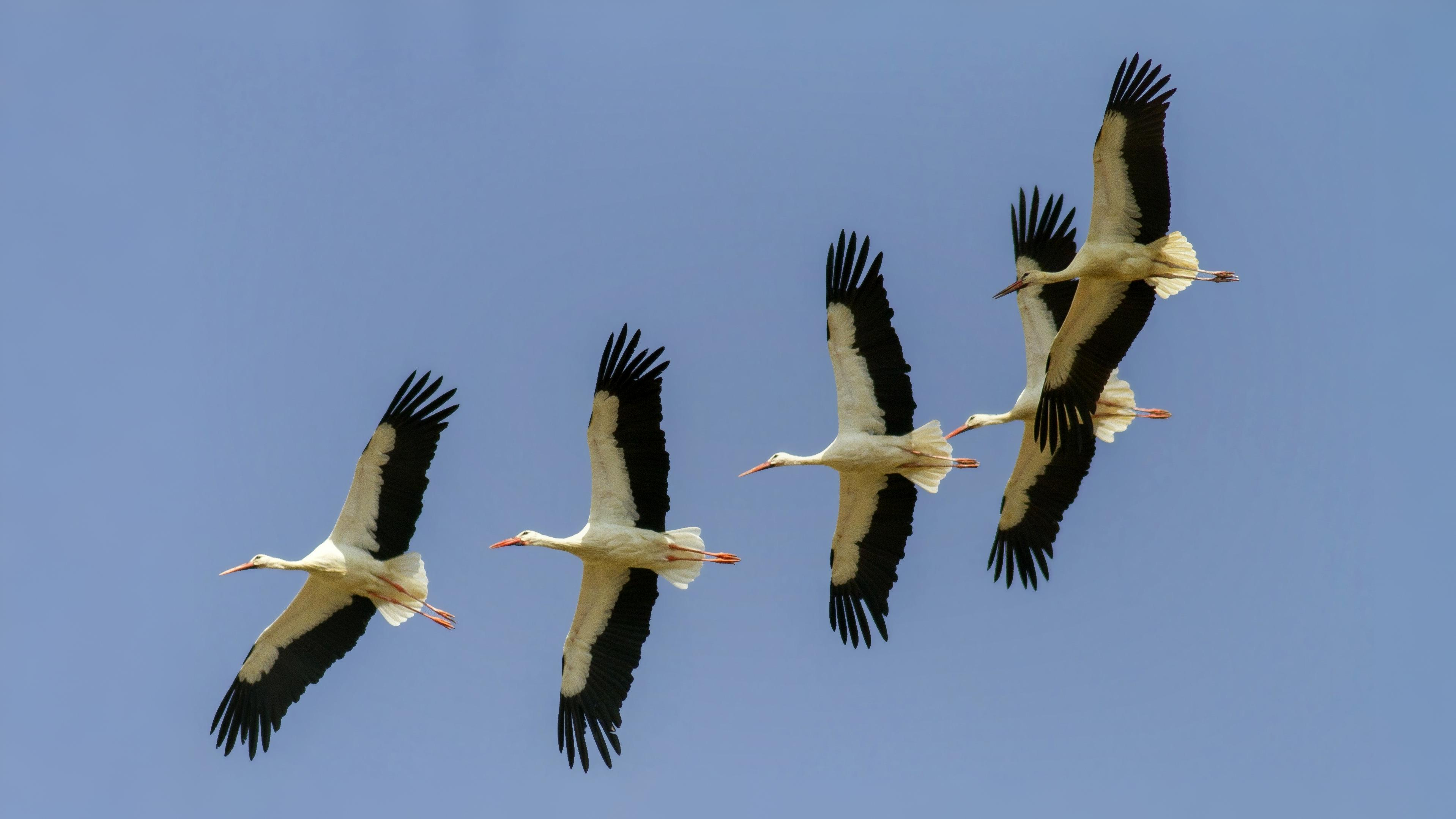July’s skies come alive with winged wanderers – from the first returning waders to vanishing cuckoos and circling raptors. Young birds veer off-course, rare sandpipers touch down on city reservoirs, and the ghostly white stork makes its fleeting appearance. But the star of the show? The fork-tailed red kite, once hunted to near extinction, now gliding triumphantly over the capital.
Return on 04 July to follow the flight paths of London’s most extraordinary avian visitors!
The dispersal of young birds gathers apace throughout July, many turning up in unexpected places. Long distance migrants, which may have just started their journey last month, are now joined by many more. The first to move are usually the waders moving back to feed on southern estuaries having bred further north. Any newcomers may include dunlin, sanderling, turnstone, knot, greenshank, grey plover, whimbrel and curlew. They are usually seen as yet in small numbers arriving along the estuary in such places as Rainham or on London’s reservoirs e.g. Walthamstow. Other species which may have nested in upland areas, such as curlews and common sandpipers also start to appear in small numbers.
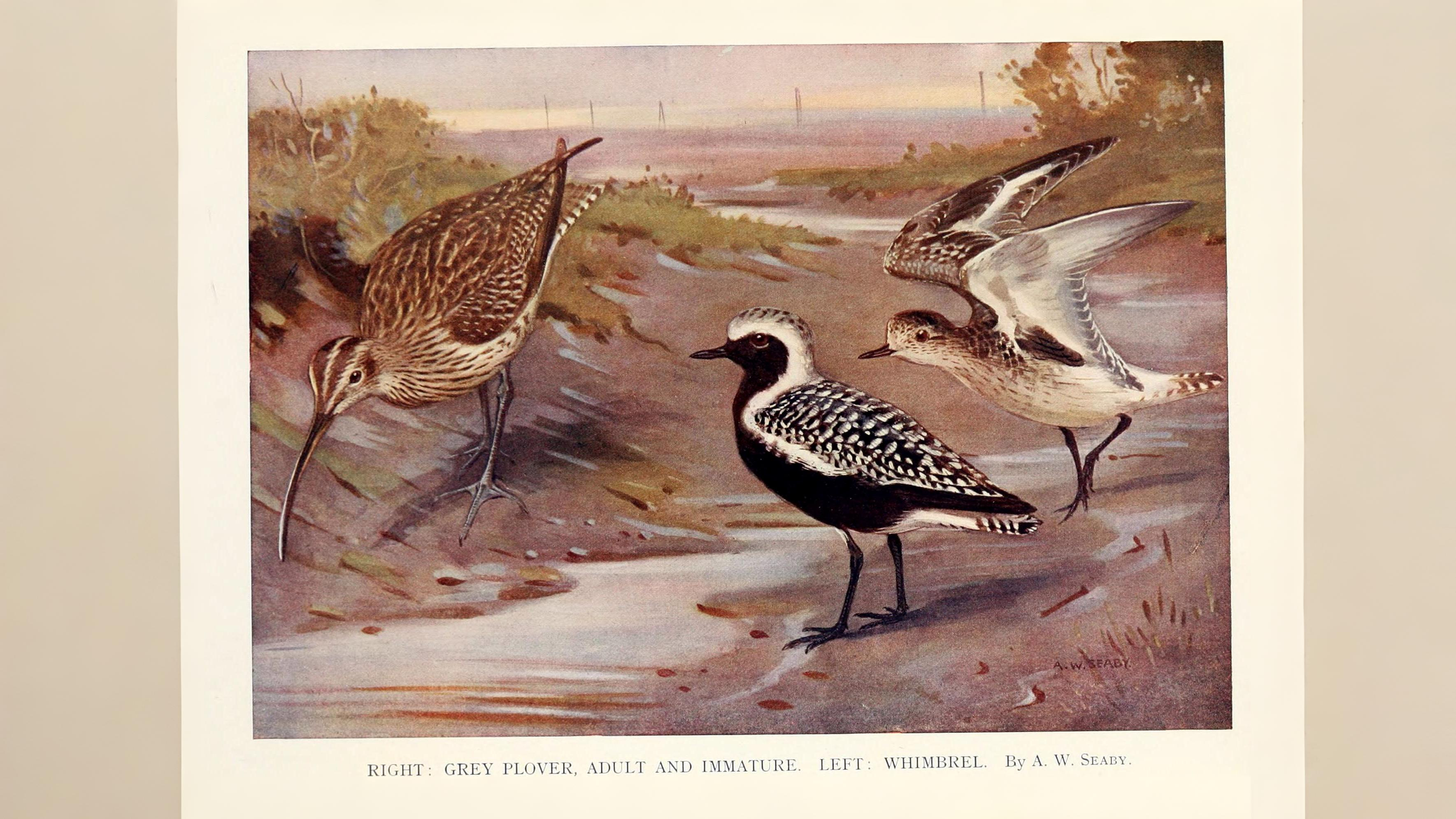
Some cuckoos, which can occasionally be heard this month, are now starting to leave although their young may remain until September. This month still sees them being relentlessly fed by reed warblers or hedge sparrows. By the middle of the month some swallows and martins and many more swifts will have started to move south. They may be joined by the first wheatears, whitethroats and one or two warblers.
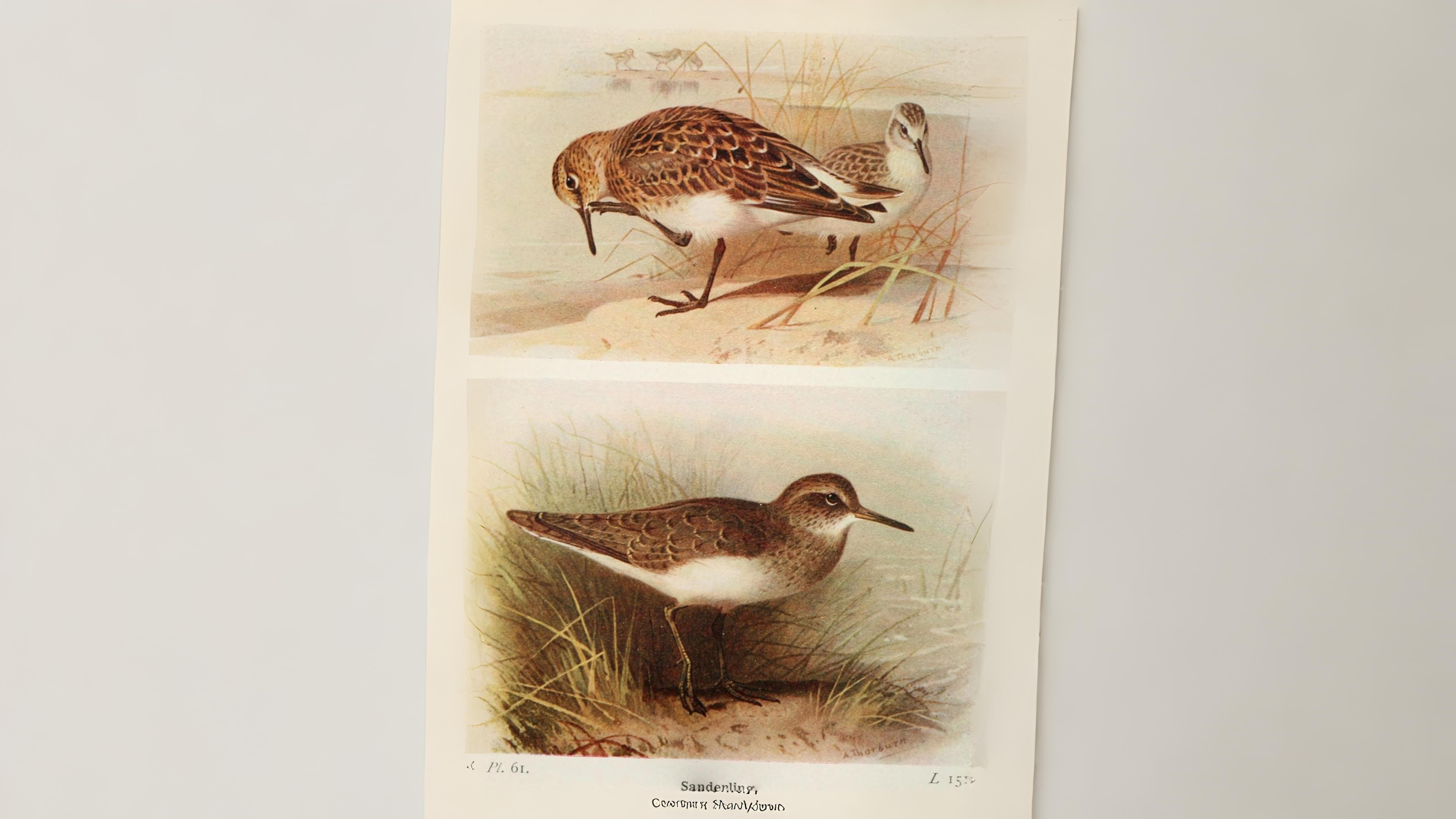
By the end of the month rather larger congregations of species such as redshanks start appearing on the estuary. These are sometimes peppered with much rarer migrants. Shelducks may be seen which have migrated from our west coast, now perversely preferring to spend their time on east coast estuaries.
Because of all the bird movements and the inexperience of young birds, many rarities have been recorded this month. These include red-backed shrike, wood warbler and spotted flycatcher. The Ingrebourne Valley is a good place to listen for a grasshopper warbler reeling and also lesser whitethroats. More rarely turtle doves are even known to frequent the area. July is also particularly good for rare sandpipers. The pectoral sandpiper, curlew sandpiper, wood sandpiper and green sandpiper are all recorded this month with the latter sometimes even reaching thirty or more in places such as Wimbledon Common. Even eighteen crossbills have been recorded in the same area flying over Wimbledon Lawn Tennis Club.
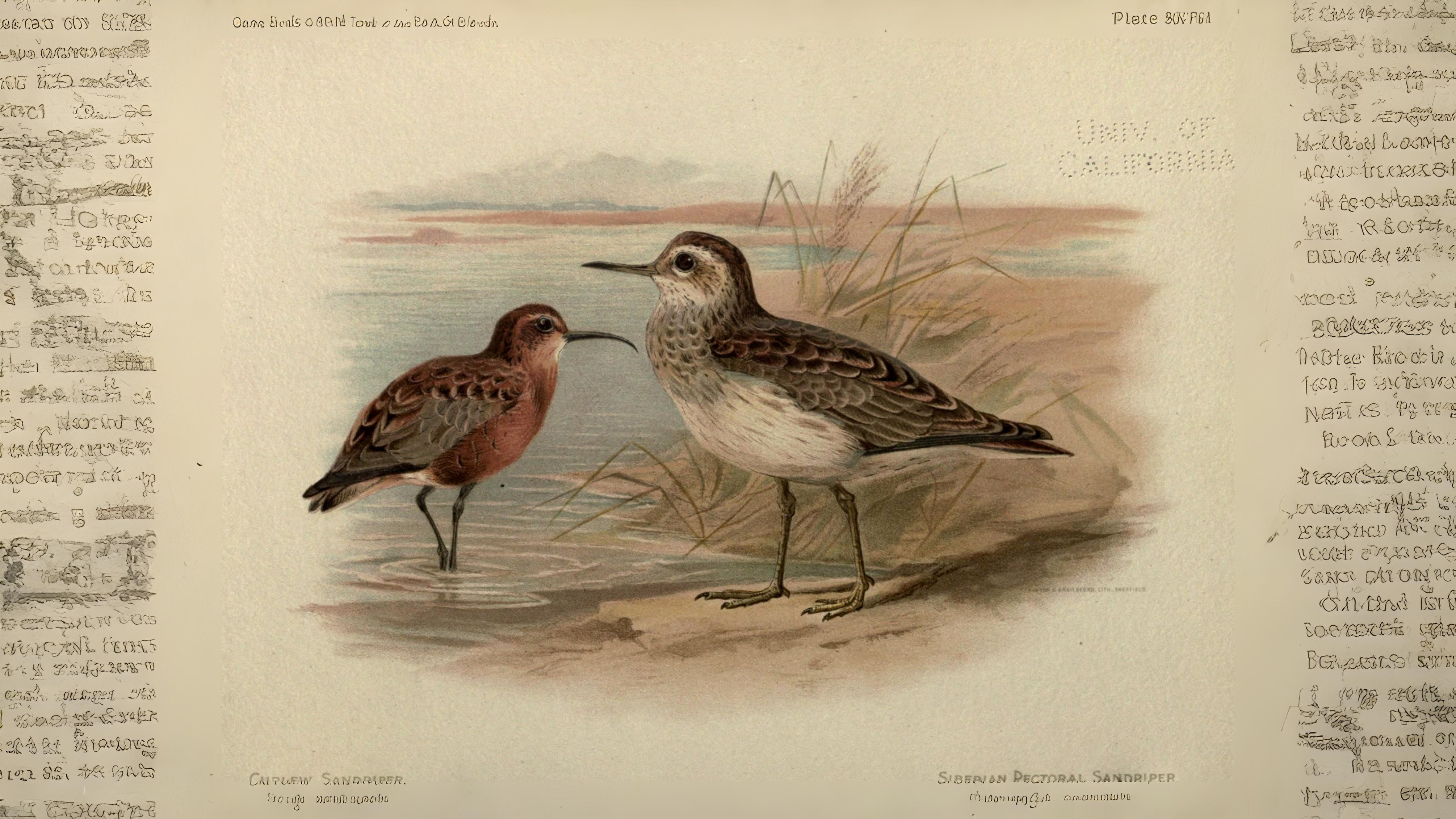
July is also a good time to look in the sky for raptors e.g. black kite, osprey and honey buzzard which are all recorded flying over London, although buzzard, red kite, marsh harrier, hobby and peregrine are far more likely to be seen. Kites are at last becoming more familiar again in London.
They are easy to identify as they glide in circles with noticeably outstretched forked tails which they regularly lift and lower as they fly. They also lay eggs of various colours, some of which are the palest blue. Four hundred years ago they were killed for their feathers which were used to make salmon flies for fishermen along the banks of the Thames.

Little egrets can hardly be regarded as rarities any more, but their larger relative, the great white egret, occasionally also makes an appearance. So do even greater rarities such as the white stork, ortolan bunting, stone curlew, purple heron and wryneck. It is said you should look for wrynecks where there are old apple or plum trees which they seem to favour for their particular insects. Their unusual name comes from their habit of twisting their necks. This they can do to such a degree it sometimes looks as if they are lying on their backs. Favoured haunts generally for rare birds this month are Bushy park, Osterley park, Wimbledon Common, Rainham and Walthamstow reservoirs.
